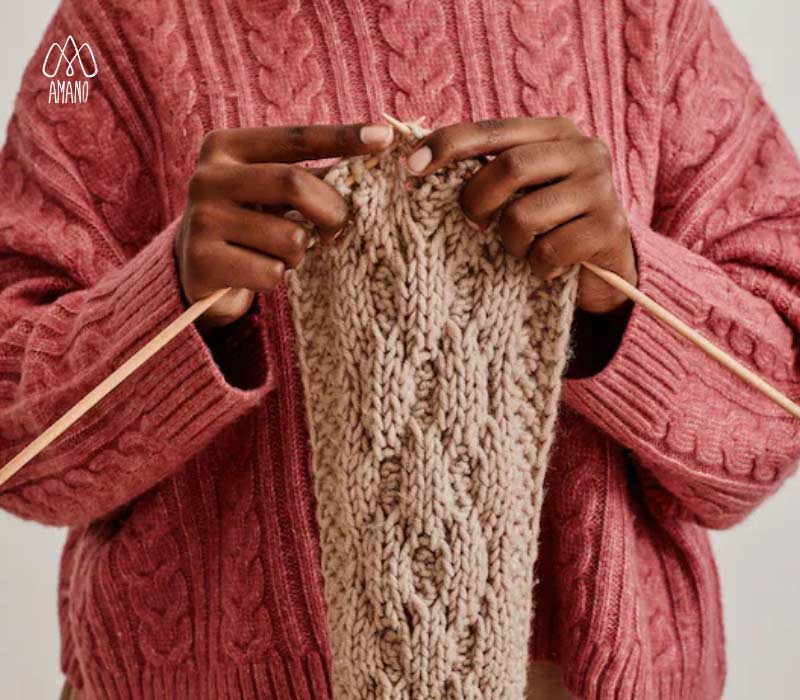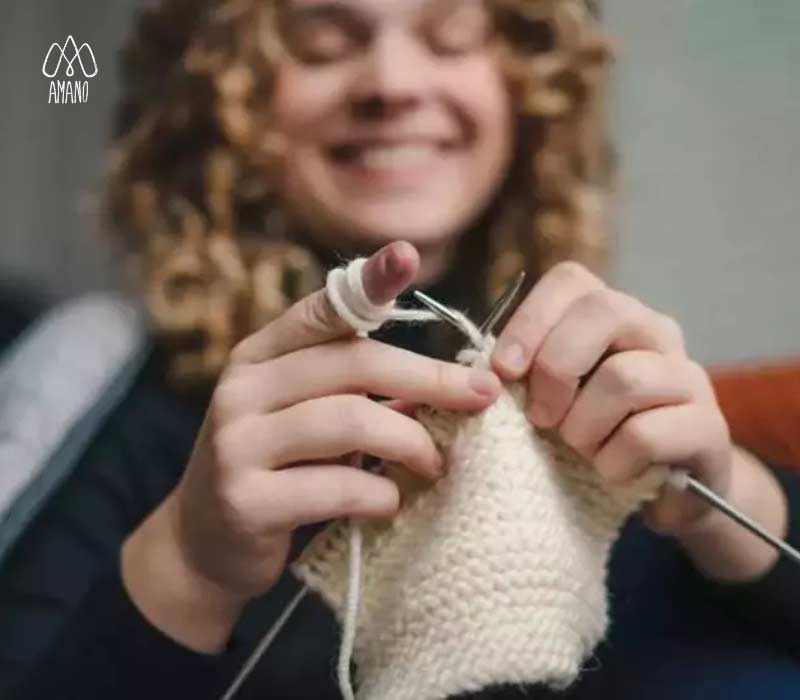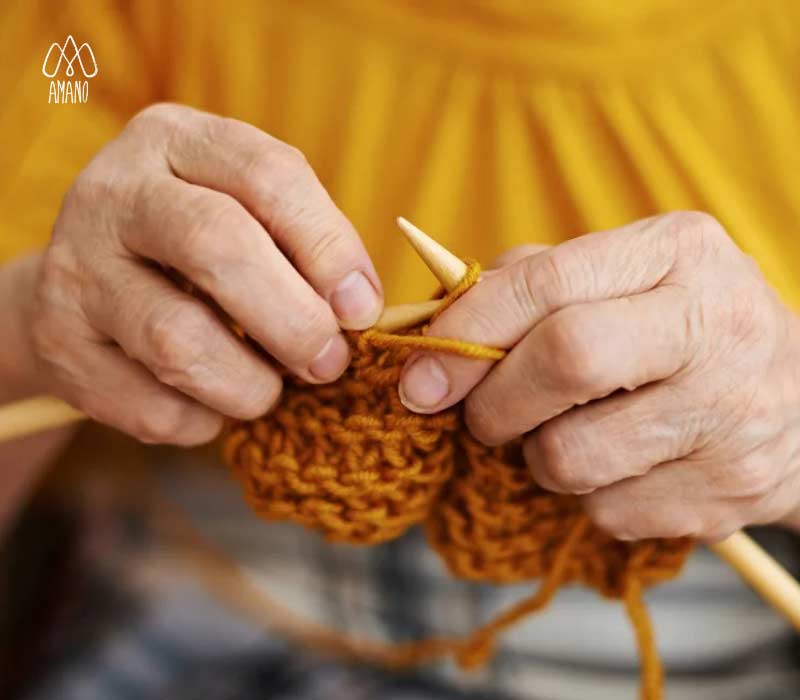There is something magical about transforming a skein of yarn into a handmade work of art. Each stitch holds a bit of your time, creativity, and care. However, when it comes time to price your creations, many doubts arise. How can you calculate a fair price that reflects all your effort and talent?
In this article, We will guide you step by step so that you can confidently set the price of your handmade knits, ensuring you receive fair compensation without underestimating your work.

Why Is It Important to Set a Fair Price?
By setting an appropriate price for your creations, you not only ensure that your business is sustainable, but you also contribute to valuing artisanal work. Many artisans underestimate their work and end up charging prices that are too low. This not only affects them economically but also devalues the handmade market in general.
Overcoming the Fear of Overpricing
It is common for artisans to fear setting high prices out of concern for losing customers. However, a low price can give the impression that your work is of low quality or that you do not value what you do. The key is to find a fair balance between the cost of producing a piece and what the market is willing to pay.
How to Calculate the Price of Your Handmade Knits
To set fair and sustainable prices, you can use the following basic formula:
Selling Price = Material Costs + (Work Hours x Hourly Rate) + Profit Margin
Let's break down each element in detail.
Material Costs
Include everything you used to create the piece:
- Yarn and threads
- Buttons, labels, decorations
- Packaging materials if selling online
Add up all these expenses to get the total material cost.
We take this opportunity to mention that in Amano Yarns we have skeins from 15 nuevos soles and of very good quality, take a look at Riti Light? and then contact your nearest distributor to buy it, ;) you can see it here.
Value of Your Time and Skills
Define a fair hourly wage and calculate how long it takes to make each piece. Don't forget to include design time, stitch testing, and final finishing.

Profit Margin
It is not enough to just cover costs; you also need a profit margin to reinvest in materials, improve your business, and generate sustainable income.
Strategies to Sell Your Handmade Knits
Know Your Target Audience
Define who your ideal customer is. Do they value artisanal work? Do they prefer personalized pieces? This will help you adjust your prices according to the perceived value of your product.
Create a Professional Presentation
- Use high-quality photos (include images of the finished product from different angles and in various contexts).
- Write detailed descriptions highlighting the craftsmanship involved.
- Show the creation process on social media to educate customers about the value of each piece.
Different Pricing Strategies
- Cost-Based Pricing: Use the basic formula mentioned earlier.
- Market-Based Pricing: Research how much other artisans charge for similar products.
- Perceived Value Pricing: If your brand is positioned as exclusive, you can charge more.
Final Tips for Pricing with Confidence
- Don't underestimate your work: Every stitch counts, and your time is valuable.
- Show the creation process: Educate your customers about what goes into making each piece.
- Don't be afraid to adjust your prices: Over time, you may need to raise them to better reflect your experience and quality.
- Listen to your ideal customers: Those who truly value handmade work will be willing to pay a fair price.
By following these tips, you will be able to sell your handmade knits with confidence and ensure that each piece you create is appreciated and valued as it deserves.

Conclusion
Pricing your handmade knits is not just a matter of numbers but of valuing your effort, creativity, and dedication. By setting fair prices, you not only ensure the sustainability of your business but also contribute to the appreciation of artisanal work in the market.
If you follow these strategies, you will be able to sell with confidence and ensure that every stitch counts, not just in the beauty of your creations but also in the profitability of your business.



